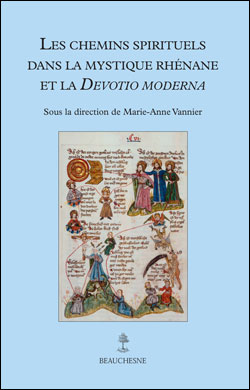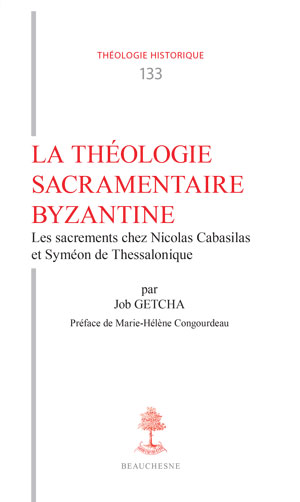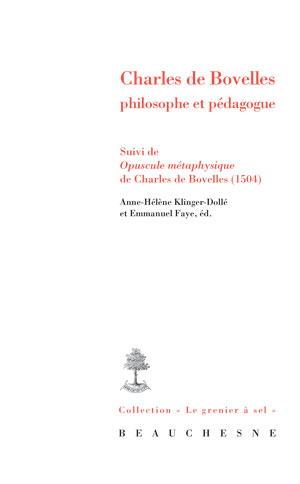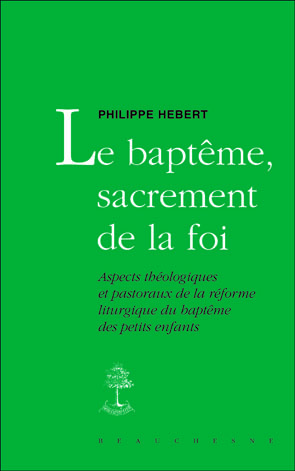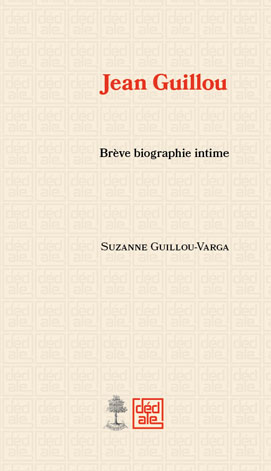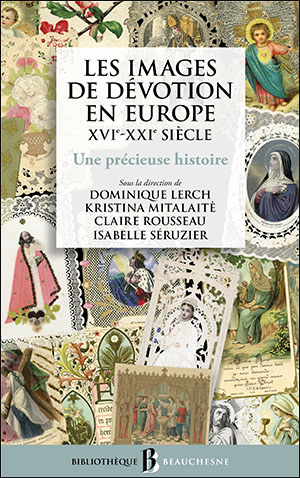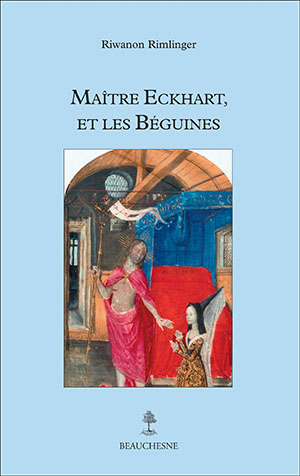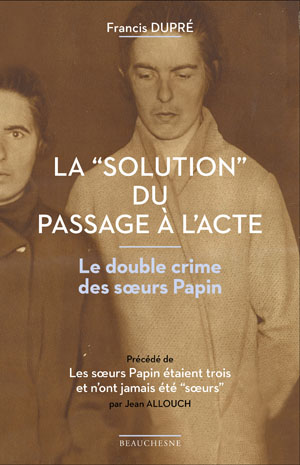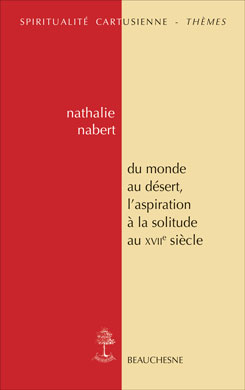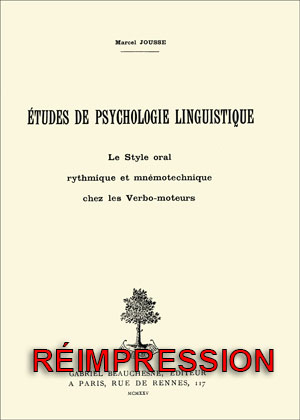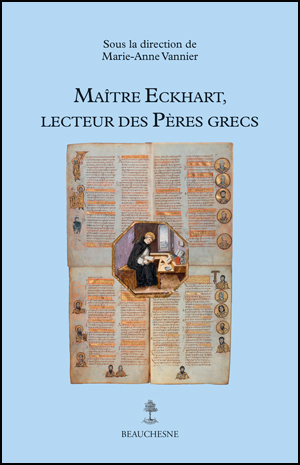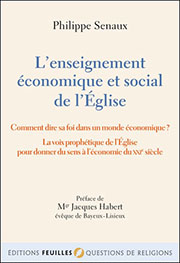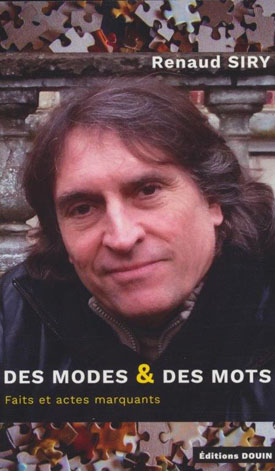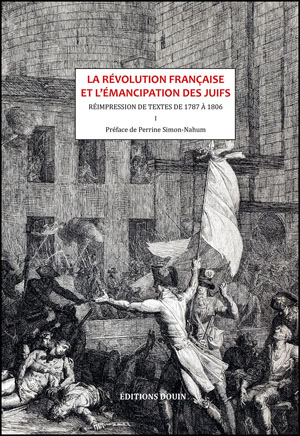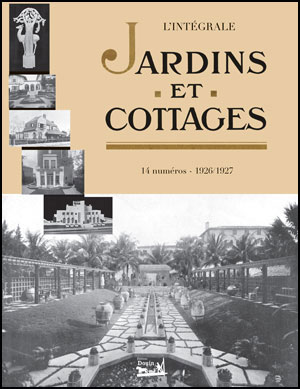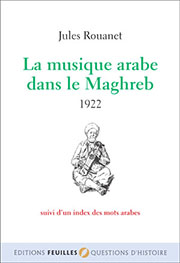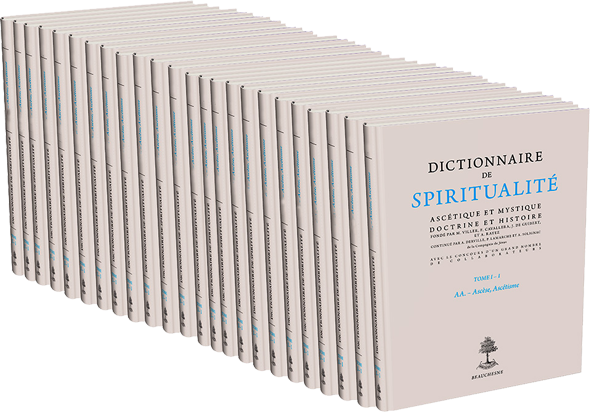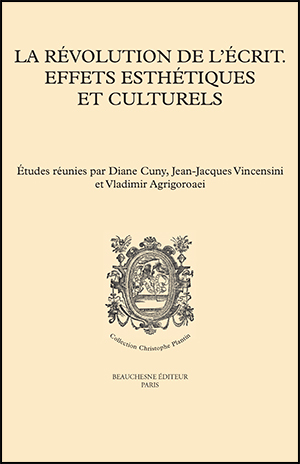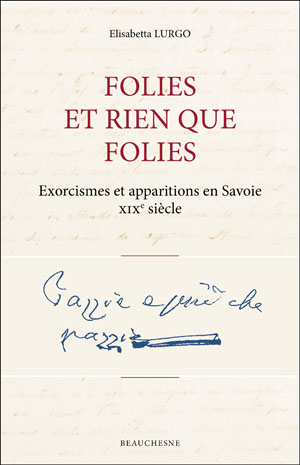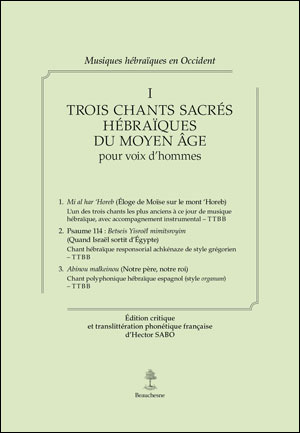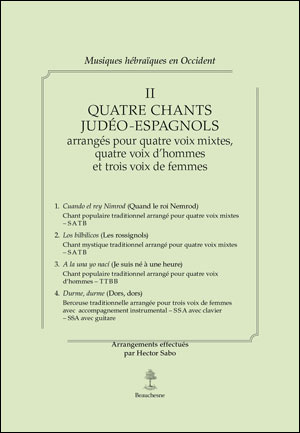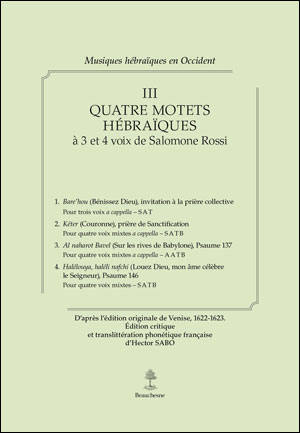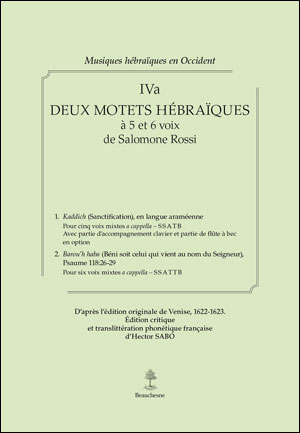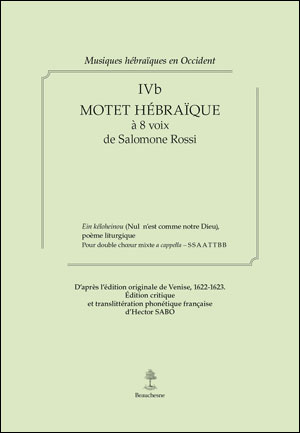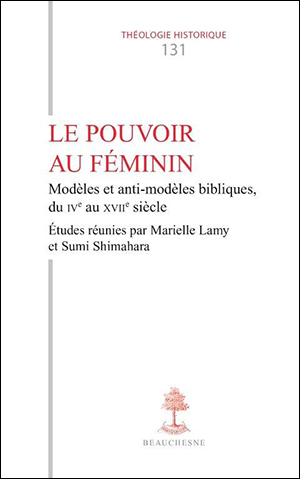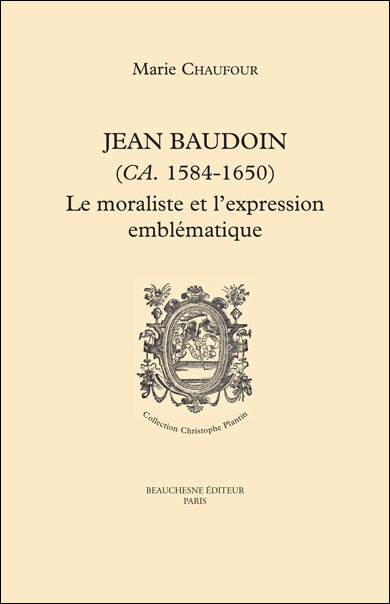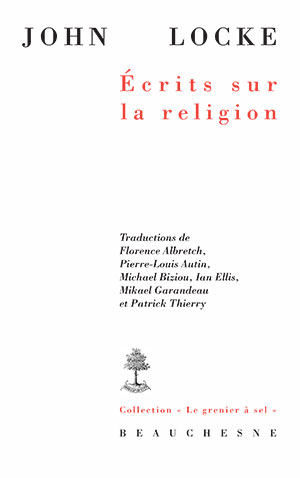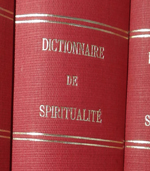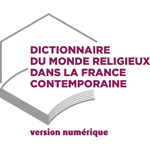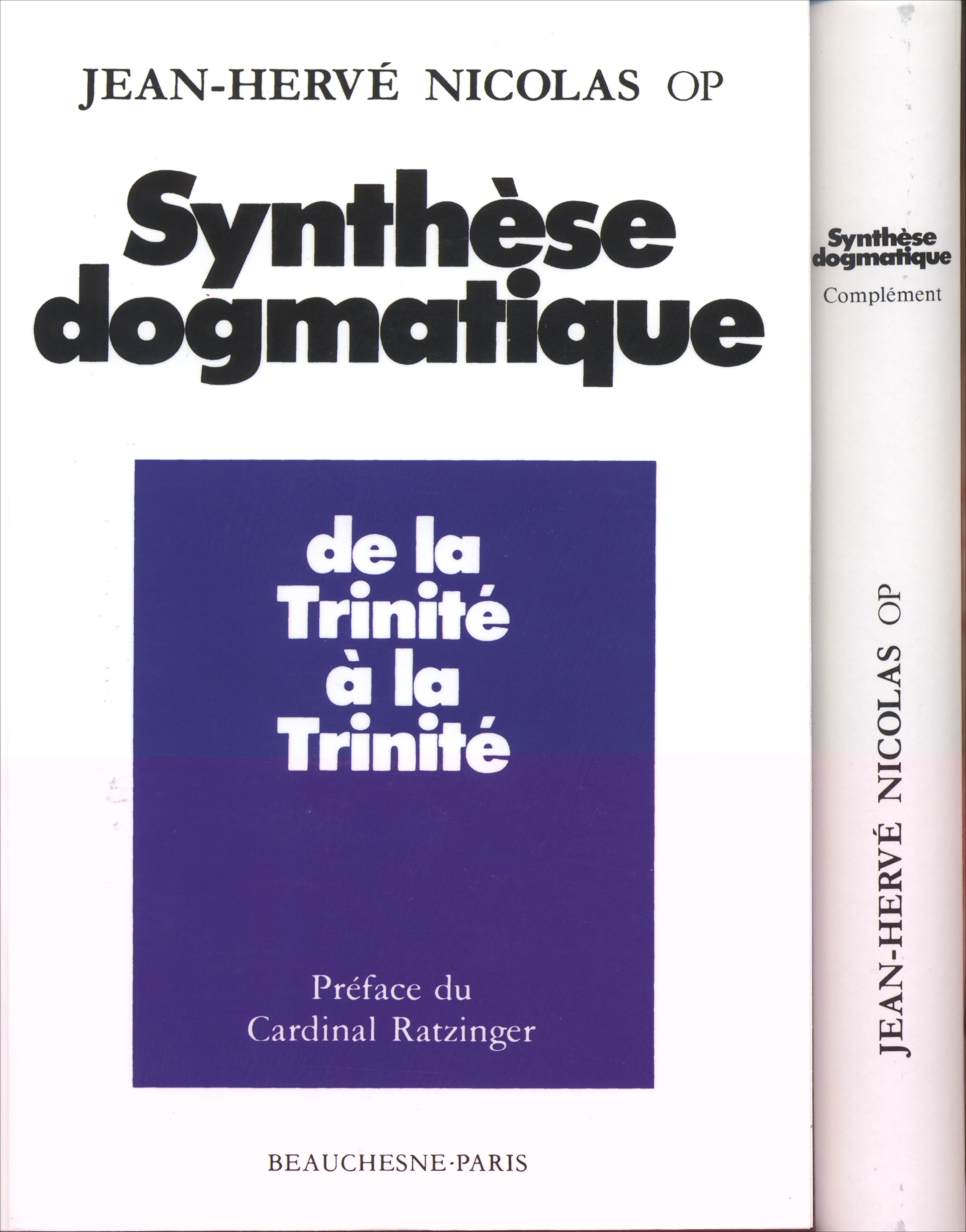24.00 €
LES CHEMINS SPIRITUELS DANS LA MYSTIQUE RHÉNANE ET LA DEVOTIO MODERNA
Date d'ajout : lundi 11 mai 2020
par Ad POIRTERS
REVUE D’HISTOIRE ECCLÉSIASTIQUE
This book sees into print most of the papers that were delivered at an international
colloquium under the same title in Metz on 8-9 November 2017. The conference was
organised by M.-A. V. in her capacity as director of the DEMO project at the Maison
des Sciences de l'Homme Lorraine. The resulting articles are presented here as a sequel
to her earlier collection on the relationship between Rhineland mysticism and the
Modern Devotion-Mystique rhénane et Devotio moderna (2017)- and explore in greater
depth one of the themes of that book: the spiritual way.
Because of its more specific subject matter, the present volume has more thematic
cohesion than its predecessor. After briefly presenting the book's contents, the editor
provides an introductory article that outlines the various ways in which the spiritual way
was understood by Eckhart, Suso and the modern devout. The next two contributions
elaborate on the Thuringian. Éric MANGIN focuses on his notion of the wec âne wec
("pathless way") to spiritual perfection, consisting not of a series of formal procedures
to be followed by the soul but of being in God by having been embraced into perfect
union with Him (p. 23). Markus ENDERS analyses Eckhart's adaptation, in the sermon
for reading Vom edlen menschen, of the various stages of spiritual development as
described by Augustine in chapter 26 of his De vera religione. He argues that the
Augustinian scheme is not in conflict with Eckhart's idea of a "pathless way", which is
not intended to deny that there are steps in the spiritual life, but which simply states that
the ultimate experience of unity with God is direct, simple and passive (p. 51-52).
Taking up this theme of the relative activity and passivity on the part of God and man in
the spiritual life, the following article by Dietmar MIETH zooms out again to provide
an overview of the development of thought on this issue in the writings of Marguerite
Porete, Eckhart, Thomas a Kempis and Margarete of Rodemachern, and in medieval art.
The articles by Silvia BARA BANCEL and Monique GRUBER focus on the spiritual
way as understood by Eckhart's disciple, Henry Suso, and his disciple Elsbeth Stagel,
respectively. The highlighted difference between their thought and that of Eckhart is the
importance they attach for the spiritual life to the imitation of the suffering Christ, an
element that was in turn also embraced in the Modern Devotion. The ways in which
representatives of this movement gave shape to the spiritual way are the subject of the
following five articles. Jean DEVRIENDT discusses the tract De libris Teutonicalibus
by Gerard Zerbolt of Zutphen, and reaffirms that its criticism of Eckhart and texts
written after his example rests not so much an doctrinal arguments as it does on pastoral
concerns regarding the preaching of "subtilities" in the vernacular. The idea is that, in
order to protect the laity from being led into heresy by reflections on mysticism which
they are not properly equiped to understand correctly, it is better simply to preach a
spiritual life grounded in mortification, prayer and meditation on the Passion (p. 120-
121). The conclusion that the Modern Devotion's interpretation of the spiritual way,
while not without room for contemplation and mysticism, focused primarily on
asceticism and the cultivation of virtue, is also arrived at in the other articles. To give
just once example, Satoshi KIKUCHI illustrates the ways in which Eckhart and the
Sisters and Brothers of the Common Life advocate a day-to-day spirituality. Both
present everyday life as the basis of man's encounter with reality, but whereas Eckhart
treats it mainly as a space for man's experience of unity with God, the modern devout
emphasize morals. For them, daily life is where man begins his spiritual journey, always
continuing to practise the virtues until his will is at one with God (p. 191).
The final part of the collection moves beyond the boundaries of Rhineland mysticism and
the Modern Devotion to trace their influence. Three articles focus on the reception of Eckhart
by Nicholas of Cusa. I mention only Harald SCHWAETZER'S, which explores Cusanus'
views on the spiritual transformation of the inner man through intellectual ascent in light of
his and Eckhart's understanding of poverty. The final contribution, by Jean-Louis SOHET,
finds traces of Ruusbroec, Eckhart and the Modern Devotion in the writings of the Capuchin
friars Benet Canfield, Martial d'Étampes and Paul de Lagny, respectively.
None of the individual contributions nor the collection as a whole break much new ground,
but the overall quality of scholarship is high. Because the contents are presented in a coherent
and thoughtfuI way, without too much undue repetition between the articles, the book could
serve as a useful introduction to the subject matter. M.-A. V. is to be commended for this,
although it must also be said that there are numerous examples of sloppy editing. The article
by MIETH suffers particularly heavily, from errors of layout as well as from the virtually
literaI repetition of long passages. An instance where disappointment on the part of the reader
could have been prevented by the editor occurs on p. 118, where DEVRIENDT promises that
in his-otherwise excellent-article he will present ("présenterons ici") a French translation of
Gerard Zerbolt's De libris Teutonicalibus. I expect that I am not the only reader to be slightly
disillusioned upon learning afterwards that the text is not included, and that the above-
mentioned presentation is actually to be understood merely as an announcement of a
translation that is revealed, on p. 134, to be still in preparation.
My main quibble with the collection is the absence of even a single article dedicated to De
imitatione Christi by Thomas a Kempis. Only occasional reference is made to this seminal
text (e.g., p. 16, 70-71, 143-144, 207-208, 236-238), despite the fact that the spiritual way is
its very subject matter. This is made explicit in the first book's wellknown incipit, "Qui
sequitur me ... ", and it is also evident from the structure of all four books, which has been
shown to be determined by the attempt to guide the reader ever more deeply into the divine
mystery 1 . Given the presence in the volume under discussion here of articles on Bake and
Cusanus, the Imitation cannot have been beyond its temporal scope, and since Thomas'
thinking was influenced by Suso and Tauler (cf. p. 238), his famous work would have fitted in
thematically particularly well. Its omission, then, is as inexplicable as it is lamentable.
---------------------
1 Rudolf van DIJK, De structuur van de Navolging, in Hein BLOMMESTIJN et al., Nuchtere
mystick, Navolging van Christus, Kampen, 2006, p. 35-50.
This book sees into print most of the papers that were delivered at an international
colloquium under the same title in Metz on 8-9 November 2017. The conference was
organised by M.-A. V. in her capacity as director of the DEMO project at the Maison
des Sciences de l'Homme Lorraine. The resulting articles are presented here as a sequel
to her earlier collection on the relationship between Rhineland mysticism and the
Modern Devotion-Mystique rhénane et Devotio moderna (2017)- and explore in greater
depth one of the themes of that book: the spiritual way.
Because of its more specific subject matter, the present volume has more thematic
cohesion than its predecessor. After briefly presenting the book's contents, the editor
provides an introductory article that outlines the various ways in which the spiritual way
was understood by Eckhart, Suso and the modern devout. The next two contributions
elaborate on the Thuringian. Éric MANGIN focuses on his notion of the wec âne wec
("pathless way") to spiritual perfection, consisting not of a series of formal procedures
to be followed by the soul but of being in God by having been embraced into perfect
union with Him (p. 23). Markus ENDERS analyses Eckhart's adaptation, in the sermon
for reading Vom edlen menschen, of the various stages of spiritual development as
described by Augustine in chapter 26 of his De vera religione. He argues that the
Augustinian scheme is not in conflict with Eckhart's idea of a "pathless way", which is
not intended to deny that there are steps in the spiritual life, but which simply states that
the ultimate experience of unity with God is direct, simple and passive (p. 51-52).
Taking up this theme of the relative activity and passivity on the part of God and man in
the spiritual life, the following article by Dietmar MIETH zooms out again to provide
an overview of the development of thought on this issue in the writings of Marguerite
Porete, Eckhart, Thomas a Kempis and Margarete of Rodemachern, and in medieval art.
The articles by Silvia BARA BANCEL and Monique GRUBER focus on the spiritual
way as understood by Eckhart's disciple, Henry Suso, and his disciple Elsbeth Stagel,
respectively. The highlighted difference between their thought and that of Eckhart is the
importance they attach for the spiritual life to the imitation of the suffering Christ, an
element that was in turn also embraced in the Modern Devotion. The ways in which
representatives of this movement gave shape to the spiritual way are the subject of the
following five articles. Jean DEVRIENDT discusses the tract De libris Teutonicalibus
by Gerard Zerbolt of Zutphen, and reaffirms that its criticism of Eckhart and texts
written after his example rests not so much an doctrinal arguments as it does on pastoral
concerns regarding the preaching of "subtilities" in the vernacular. The idea is that, in
order to protect the laity from being led into heresy by reflections on mysticism which
they are not properly equiped to understand correctly, it is better simply to preach a
spiritual life grounded in mortification, prayer and meditation on the Passion (p. 120-
121). The conclusion that the Modern Devotion's interpretation of the spiritual way,
while not without room for contemplation and mysticism, focused primarily on
asceticism and the cultivation of virtue, is also arrived at in the other articles. To give
just once example, Satoshi KIKUCHI illustrates the ways in which Eckhart and the
Sisters and Brothers of the Common Life advocate a day-to-day spirituality. Both
present everyday life as the basis of man's encounter with reality, but whereas Eckhart
treats it mainly as a space for man's experience of unity with God, the modern devout
emphasize morals. For them, daily life is where man begins his spiritual journey, always
continuing to practise the virtues until his will is at one with God (p. 191).
The final part of the collection moves beyond the boundaries of Rhineland mysticism and
the Modern Devotion to trace their influence. Three articles focus on the reception of Eckhart
by Nicholas of Cusa. I mention only Harald SCHWAETZER'S, which explores Cusanus'
views on the spiritual transformation of the inner man through intellectual ascent in light of
his and Eckhart's understanding of poverty. The final contribution, by Jean-Louis SOHET,
finds traces of Ruusbroec, Eckhart and the Modern Devotion in the writings of the Capuchin
friars Benet Canfield, Martial d'Étampes and Paul de Lagny, respectively.
None of the individual contributions nor the collection as a whole break much new ground,
but the overall quality of scholarship is high. Because the contents are presented in a coherent
and thoughtfuI way, without too much undue repetition between the articles, the book could
serve as a useful introduction to the subject matter. M.-A. V. is to be commended for this,
although it must also be said that there are numerous examples of sloppy editing. The article
by MIETH suffers particularly heavily, from errors of layout as well as from the virtually
literaI repetition of long passages. An instance where disappointment on the part of the reader
could have been prevented by the editor occurs on p. 118, where DEVRIENDT promises that
in his-otherwise excellent-article he will present ("présenterons ici") a French translation of
Gerard Zerbolt's De libris Teutonicalibus. I expect that I am not the only reader to be slightly
disillusioned upon learning afterwards that the text is not included, and that the above-
mentioned presentation is actually to be understood merely as an announcement of a
translation that is revealed, on p. 134, to be still in preparation.
My main quibble with the collection is the absence of even a single article dedicated to De
imitatione Christi by Thomas a Kempis. Only occasional reference is made to this seminal
text (e.g., p. 16, 70-71, 143-144, 207-208, 236-238), despite the fact that the spiritual way is
its very subject matter. This is made explicit in the first book's wellknown incipit, "Qui
sequitur me ... ", and it is also evident from the structure of all four books, which has been
shown to be determined by the attempt to guide the reader ever more deeply into the divine
mystery 1 . Given the presence in the volume under discussion here of articles on Bake and
Cusanus, the Imitation cannot have been beyond its temporal scope, and since Thomas'
thinking was influenced by Suso and Tauler (cf. p. 238), his famous work would have fitted in
thematically particularly well. Its omission, then, is as inexplicable as it is lamentable.
---------------------
1 Rudolf van DIJK, De structuur van de Navolging, in Hein BLOMMESTIJN et al., Nuchtere
mystick, Navolging van Christus, Kampen, 2006, p. 35-50.
Moteur de recherche www.editions-beauchesne.com
Le moteur peut rechercher dans différents champs :
- Un nom d’auteur (AUTEUR)
- Un mot du titre (TITRE)
- Un ISBN
- Un mot du texte de présentation (TEXTE)
- Un mot du sommaire ou de la table des matières (SOMMAIRE).
La recherche dans les champs TEXTE et SOMMAIRE peut être un peu longue.
En cliquant sur un resultat la fiche du livre correspondant s'ouvre dans un nouvel onglet.
Search engine www.editions-beauchesne.com
The engine can search in different fields:
- An author's name (AUTEUR)
- A word from the title (TITRE)
- An ISBN
- A word from the presentation text (TEXTE)
- A word from the summary or the table of contents (SOMMAIRE).
The search in the TEXTE and SOMMAIRE fields may take some time.
Clicking on a result open the book's sheet in a new tab.

